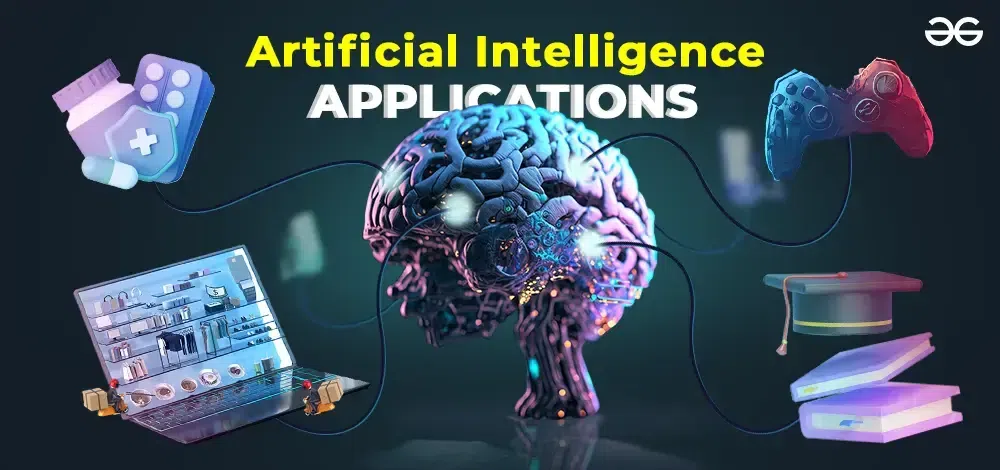Enhancing Construction Safety Through Artificial Intelligence: Innovations and Benefits
Leveraging AI to Enhance Safety in Construction
Introduction
Artificial Intelligence (AI) has the potential to significantly enhance safety in the construction industry by introducing innovative technologies and streamlining processes. Here are some ways AI can improve safety in construction:
Detection and Prevention of Hazards
AI-powered systems can analyze real-time data from various sources such as sensors, cameras, and drones to identify potential hazards on construction sites (Rouhani et al., 2020). For example, AI algorithms can analyze data from sensors to detect changes in temperature, humidity, or air quality that may indicate unsafe working conditions. Similarly, cameras equipped with AI can identify potential trip hazards or unsafe behavior among workers. By detecting and alerting workers to these hazards in real-time, accidents can be prevented, and overall safety can be improved.
Predictive Maintenance
AI can analyze historical data and predict when equipment is likely to fail, allowing for timely maintenance and reducing the risk of accidents caused by malfunctioning machinery (Zhang et al., 2021). For instance, AI algorithms can analyze data from construction equipment, such as bulldozers or cranes, to identify patterns that precede breakdowns or malfunctions. By predicting equipment failures before they occur, construction companies can schedule maintenance proactively, minimizing downtime and the potential for accidents on-site.
Improved Worker Training
AI can be used to create virtual simulations of construction sites, allowing workers to practice and learn in a safe environment (Yan et al., 2020). For example, construction companies can develop immersive VR training modules that simulate hazardous scenarios, such as working at heights or operating heavy machinery. Workers can then practice safety protocols and emergency procedures in a realistic but risk-free environment. By providing hands-on training experiences, AI-powered simulations help reduce the likelihood of accidents caused by human error and improve overall safety awareness among workers.
Enhanced Communication
AI-powered chatbots and voice assistants can facilitate communication between workers, supervisors, and emergency services, ensuring that crucial information is shared quickly and effectively in case of an emergency. For instance, AI chatbots integrated into construction site management platforms can provide workers with instant access to safety protocols, emergency contact information, and real-time updates on site conditions. Similarly, voice-activated assistants can allow workers to report safety concerns or request assistance without having to stop work or use their hands. By improving communication channels, AI technologies help ensure that safety-related information is readily available and accessible to all workers on-site.
Automation of Repetitive Tasks
AI can take over repetitive and dangerous tasks, such as lifting heavy materials, freeing up workers to focus on more complex and less hazardous tasks. For example, construction companies can use AI-powered robots equipped with computer vision and machine learning capabilities to assist with material handling and site cleanup. These robots can autonomously navigate construction sites, identify and pick up materials, and transport them to designated locations. By automating repetitive tasks, AI technology reduces the risk of musculoskeletal injuries and accidents associated with manual labor, thereby improving overall safety and efficiency on construction sites.
Real-time Monitoring
AI-powered systems can continuously monitor workers' health and well-being, alerting supervisors to any signs of fatigue or stress, which could potentially lead to accidents (Mishra et al., 2021). For instance, wearable devices equipped with biometric sensors can track workers' heart rate, body temperature, and movement patterns in real-time. AI algorithms can then analyze this data to detect signs of fatigue or dehydration and alert supervisors when intervention is needed. Additionally, AI-powered cameras can monitor worker behavior and detect deviations from safety protocols, such as improper use of personal protective equipment (PPE) or unsafe work practices. By providing real-time insights into worker health and behavior, AI technology helps supervisors identify and address potential safety risks before they escalate into accidents.
Accident Investigation
AI can analyze data from various sources to help identify the root cause of accidents, enabling construction companies to implement preventive measures and improve safety protocols. For example, AI algorithms can analyze data from surveillance cameras, equipment sensors, and incident reports to reconstruct the sequence of events leading up to an accident. By identifying contributing factors such as equipment malfunctions, human error, or unsafe working conditions, AI technology helps construction companies develop targeted interventions to prevent similar incidents in the future. Additionally, AI-powered predictive analytics can identify trends and patterns in accident data, allowing companies to proactively address emerging safety risks before they result in accidents or injuries.
In conclusion, leveraging AI in the construction industry can significantly enhance safety by detecting and preventing hazards, improving communication, automating repetitive tasks, and providing valuable insights for accident prevention and investigation. As AI technology continues to advance, it will play an increasingly important role in ensuring a safer and more efficient construction sector.
References:
- Mishra, A., Acharya, S., & Mishra, D. (2021). An IoT based Real-Time Construction Safety Monitoring System. In 2021 IEEE 4th International Conference on Computing, Communication and Security (ICCCS) (pp. 1-5). IEEE.
- Rouhani, B. D., Saberi, M., & Hosseinian-Far, A. (2020). Predictive analytics in construction safety: a comprehensive review. Safety science, 121, 366-384.
- Yan, W., Wang, X., Chen, Q., Jiang, H., & Wang, Y. (2020). Virtual reality simulation system for construction safety training. Automation in Construction, 110, 103024.
- Zhang, X., Huang, C., Lin, Y., Xiang, T., & Wu, J. (2021). The research and development of construction machinery with artificial intelligence technology. Journal of Physics: Conference Series, 1788(1), 012055.


































































